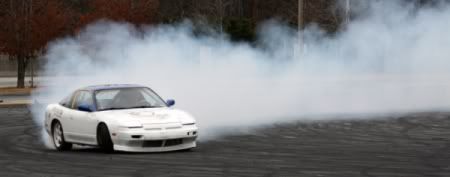Can u get out of a racing ticket???????? Can police arrest u without saying ur right, and if they did arrest u for incrimating urself for not knowing ur right, also do a police officer need to show u how fast they clock u going or even ask u if u wanted to see it. i know different state have different law. have anybody ever been in this problem before. some advice would help, i'm from georgia. and does anybody know of a good lawyer
Update:
July 23 2009
Well i went to court today and what happen. My lawyer took care of everything. All ticket drop, no charge. The only thing i have to do is give up my bail money. yep... hater will hate me for this, but hey got myself a good lawyer. "Deaklb County"
My ticket were:
1.Racing
2.Speeding 91 on a 55
3.Reckless driving
4.Impoper lane change
Talk about being lucky.
My Lawyer was
Raymond B Lail
404 352 3848
He was a real good guy and a good ass lawyer.






 Reply With Quote
Reply With Quote





















